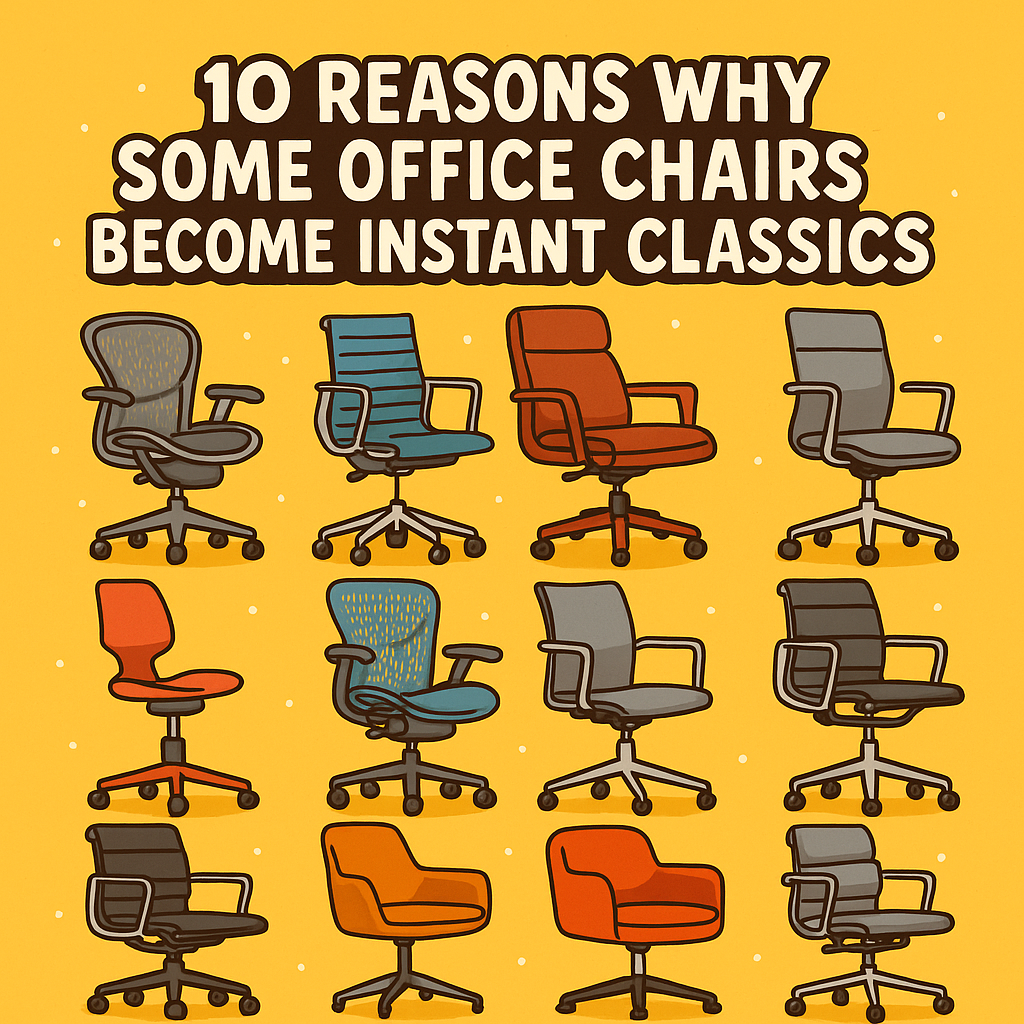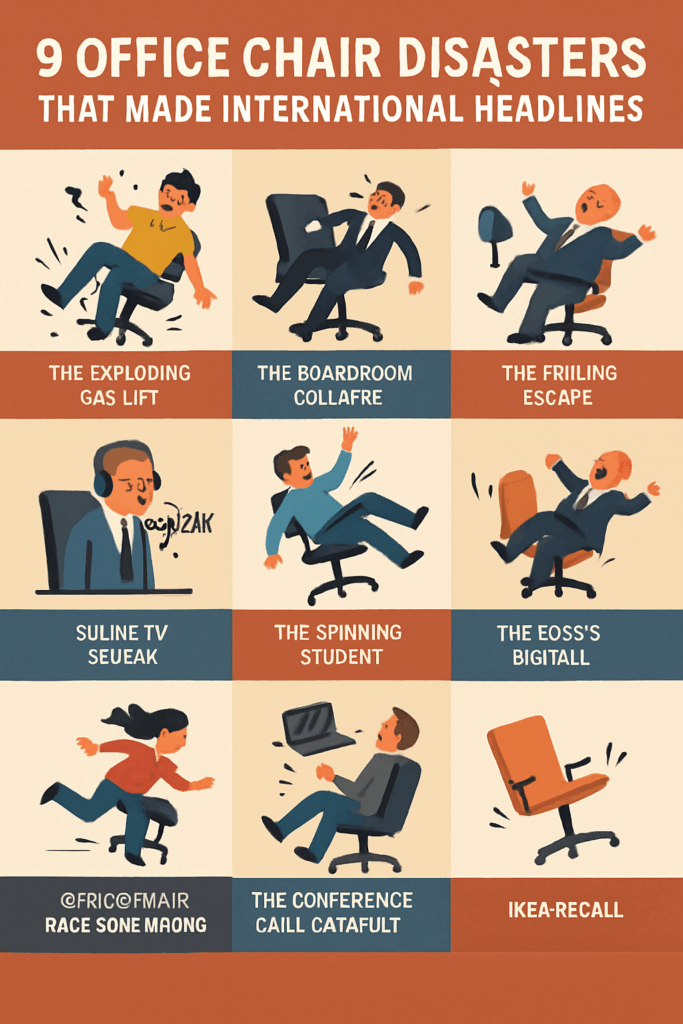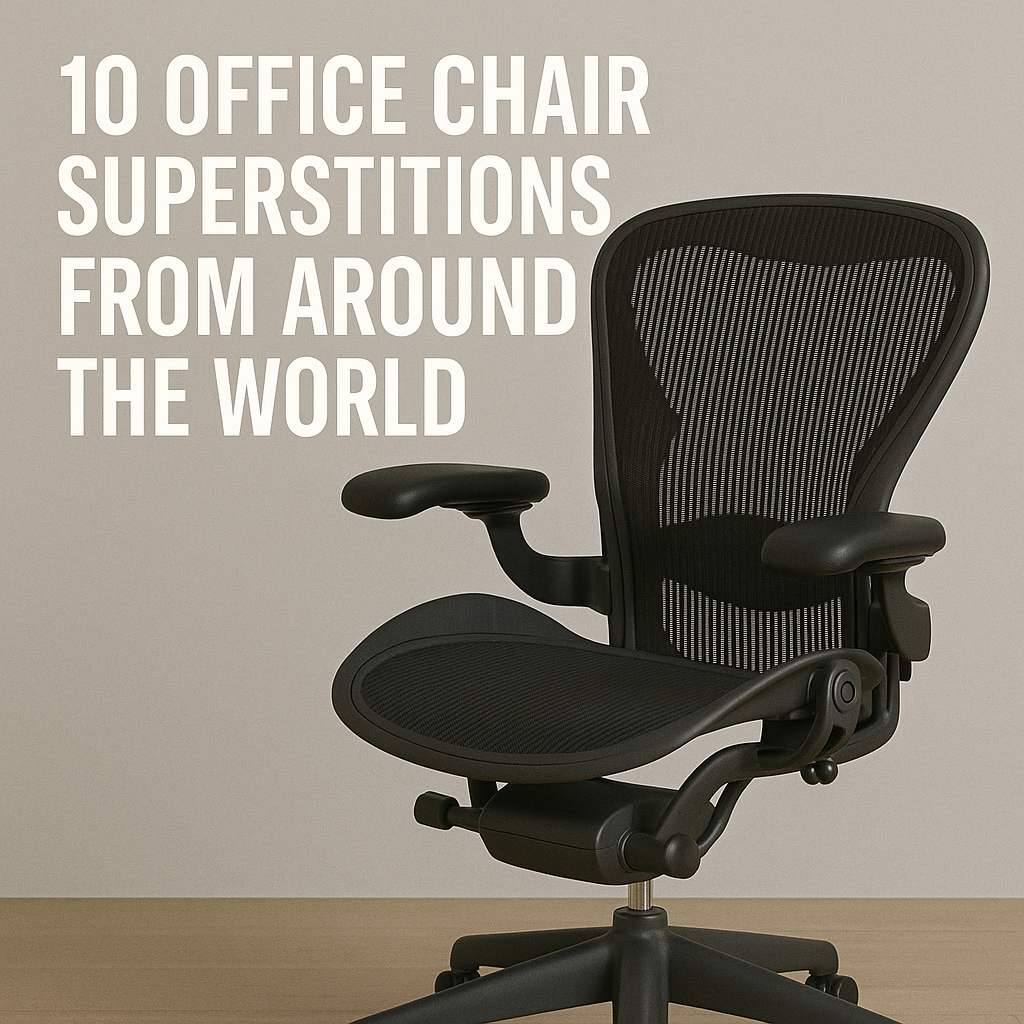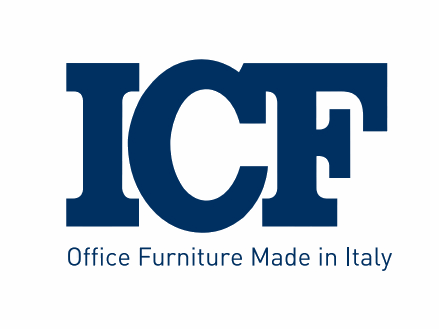The History of Iconic Office Chair Designs: From Ahrend to Vitra
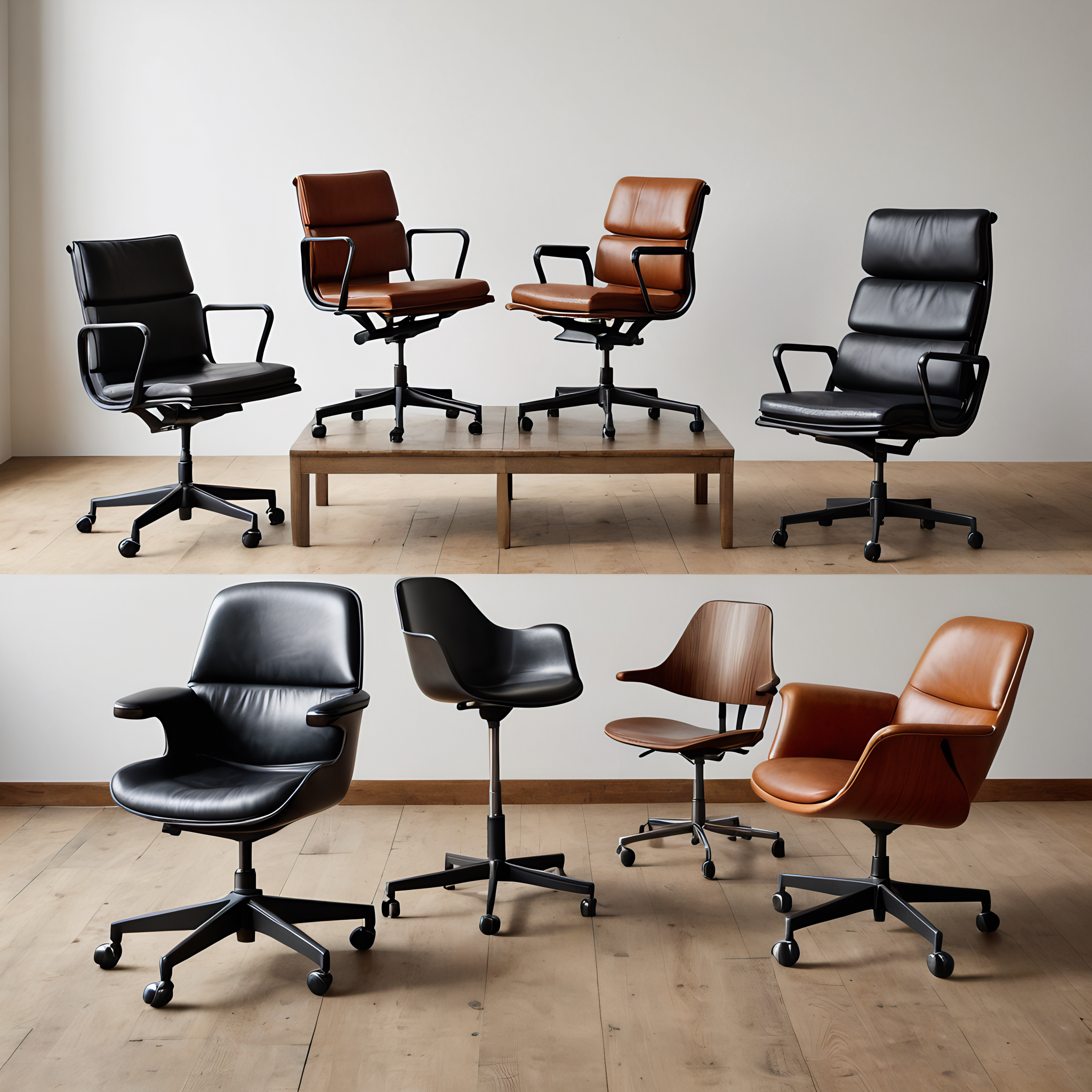
The History of Iconic Office Chair Designs: From Ahrend to Vitra
The office chair has come a long way since its humble beginnings. What started as a simple tool for seating has evolved into a complex piece of engineering, designed to support our bodies through long workdays. Let’s take a journey through time and explore the history of iconic office chair designs, focusing on the brands that have shaped the modern workspace.
The Early Days of Iconic Office Chairs: Function Over Form
The concept of the office chair as we know it today began to take shape in the mid-19th century.
- 1849: The Centripetal Spring Armchair, designed by Thomas E. Warren, was one of the first chairs created specifically for office use. It featured a cast-iron base with a spring system for comfort. Learn more about early office chairs.
- 1904: The Larkin Administration Building, designed by Frank Lloyd Wright, introduced an early version of the swivel chair, marking a significant step in office chair evolution.
The Mid-20th Century: The Birth of Ergonomics
The mid-20th century saw a revolution in office chair design, with a new focus on ergonomics and aesthetics.
Herman Miller: Pioneering Ergonomic Design
- 1949: George Nelson’s MAA Chair for Herman Miller introduced multiple adjustments, setting a new standard for customizable comfort.
- 1976: The Herman Miller Ergon Chair, designed by Bill Stumpf, was one of the first chairs to incorporate ergonomic principles based on extensive research.
- 1994: The Aeron Chair, designed by Don Chadwick and Bill Stumpf for Herman Miller, became an instant classic. Its innovative use of pellicle suspension and PostureFit lumbar support changed the game in ergonomic seating.
Knoll: Merging Style with Function
- 1950: The Knoll 71 Series, designed by Eero Saarinen and Hans Knoll, brought sculptural beauty to office seating.
- 1965: The Pollock Executive Chair, designed by Charles Pollock for Knoll, became a symbol of corporate success with its sleek, modern design. Read about Knoll’s design philosophy.
The Late 20th Century: Technology and Adjustability
As computers became ubiquitous in offices, chair designs evolved to support new ways of working.
Steelcase: Adapting to Technological Change
- 1974: The Steelcase Series 9000 chair introduced advanced ergonomic features like adjustable back tension.
- 1999: The Leap chair by Steelcase revolutionized office seating with its LiveBack technology, which mimics the movement of the spine.
Humanscale: Emphasizing Natural Movement
- 1999: The Freedom Chair, designed by Niels Diffrient for Humanscale, introduced a weight-sensitive recline mechanism, eliminating the need for manual adjustments.
The 21st Century: Sustainability, Flexibility and Aesthetic
Modern office chair design focuses on sustainability, adaptability, and supporting diverse working styles.
Vitra: Blending Home and Office Aesthetics
- 2004: The Vitra T-Chair, designed by Antonio Citterio, brought a residential feel to office seating, anticipating the trend of more homelike work environments.
- 2017: The Pacific Chair, another Vitra design by Edward Barber & Jay Osgerby, offers a sleek, minimal aesthetic with maximum ergonomic functionality.
Herman Miller (continued innovation)
- 2016: The Cosm Chair introduced auto-harmonic tilt, automatically adjusting to the user’s body and movements. Explore Herman Miller’s ergonomic research.
Ahrend: Pioneering Circular Design
- 2020: The Ahrend Well chair exemplifies the company’s commitment to circular economy principles, with 95% recyclable materials and a design that facilitates easy disassembly and refurbishment.
- Conclusion
- The evolution of office chair design reflects the changing needs and values of the workplace over time. From the early days of prioritizing function over form to the mid-20th century’s focus on ergonomics and aesthetics, and finally to today’s emphasis on sustainability and flexibility, each era has contributed to the development of the modern office chair. Iconic brands like Herman Miller, Knoll, Vitra, and Ahrend have led the way in redefining what an office chair can be, incorporating innovative materials, advanced ergonomic features, and sustainable practices.
- As we look to the future, office chair design will likely continue to evolve, adapting to new technologies, work habits, and environmental considerations. Whether in a corporate office, a home workspace, or a hybrid environment, the next generation of office chairs will no doubt continue to support our well-being, productivity, and comfort, just as they have for over a century.
Conclusion
The evolution of office chair design reflects the changing needs and values of the workplace over time. From the early days of prioritizing function over form to the mid-20th century’s focus on ergonomics and aesthetics, and finally to today’s emphasis on sustainability and flexibility, each era has contributed to the development of the modern office chair. Iconic brands like Herman Miller, Knoll, Vitra, and Ahrend have led the way in redefining what an office chair can be, incorporating innovative materials, advanced ergonomic features, and sustainable practices.
As we look to the future, office chair design will likely continue to evolve, adapting to new technologies, work habits, and environmental considerations. Whether in a corporate office, a home workspace, or a hybrid environment, the next generation of office chairs will no doubt continue to support our well-being, productivity, and comfort, just as they have for over a century.
Explore more:
Sustainable Office Design: Incorporating Refurbished Furniture


